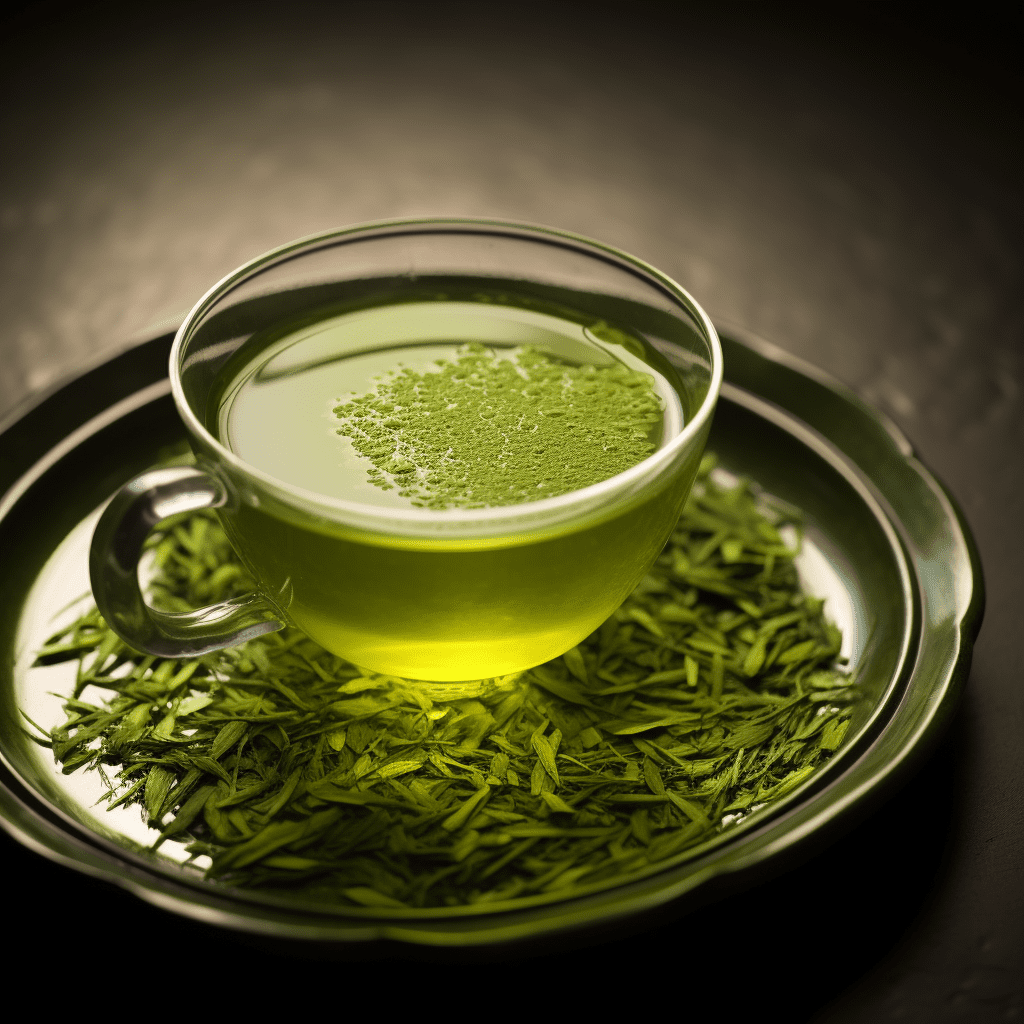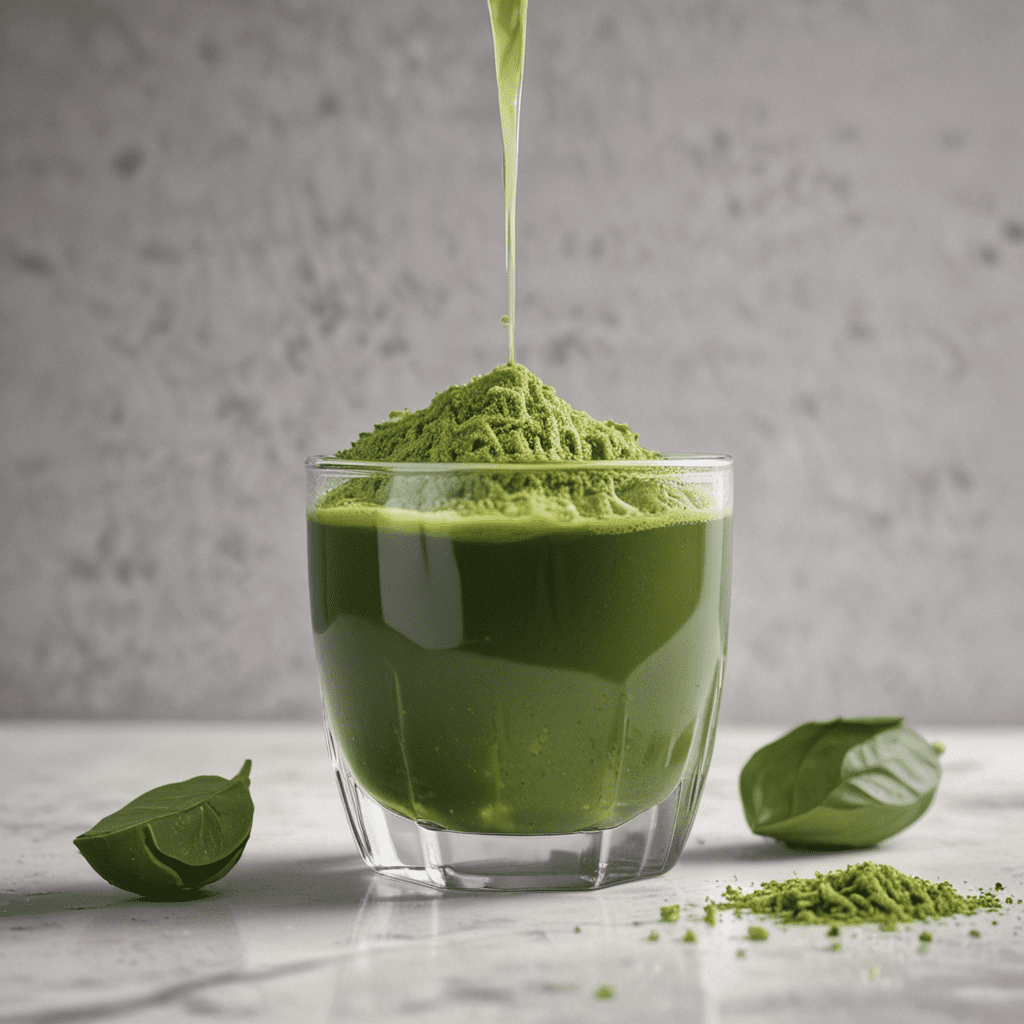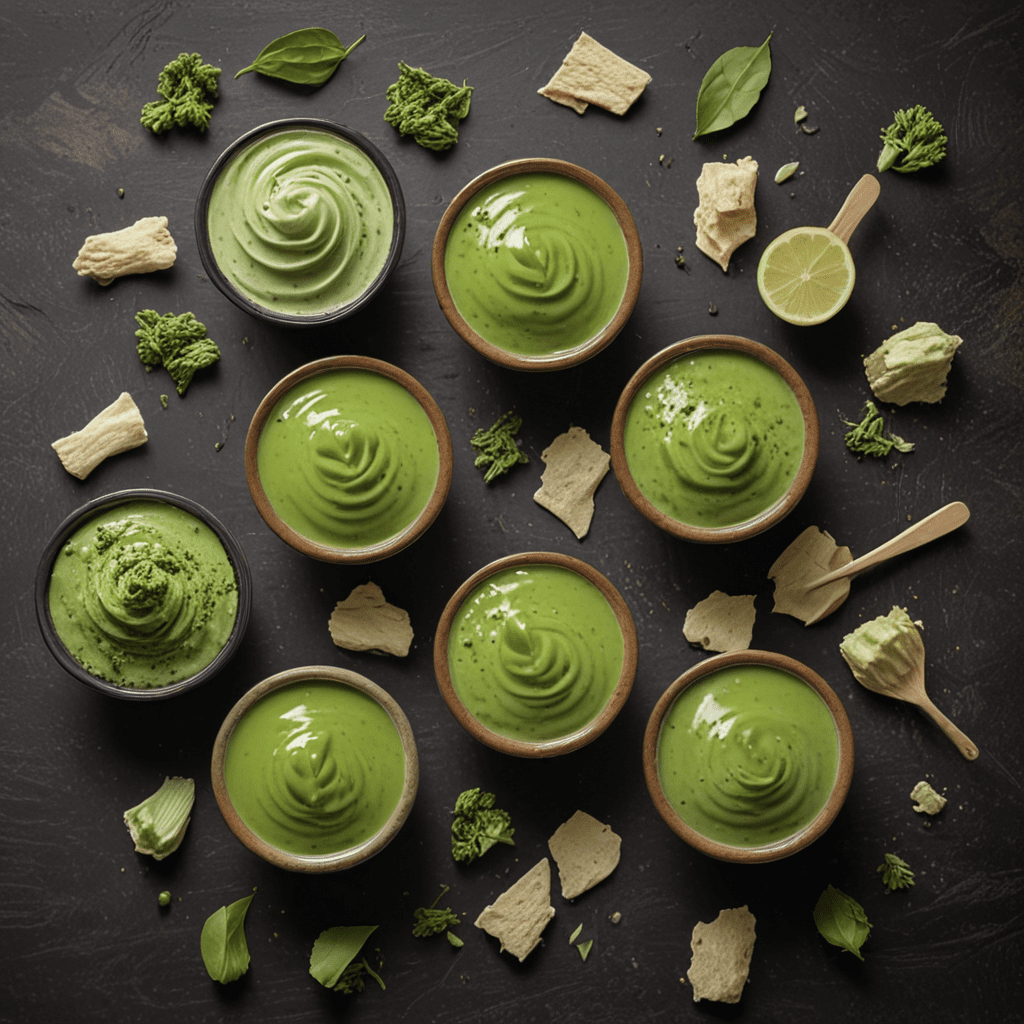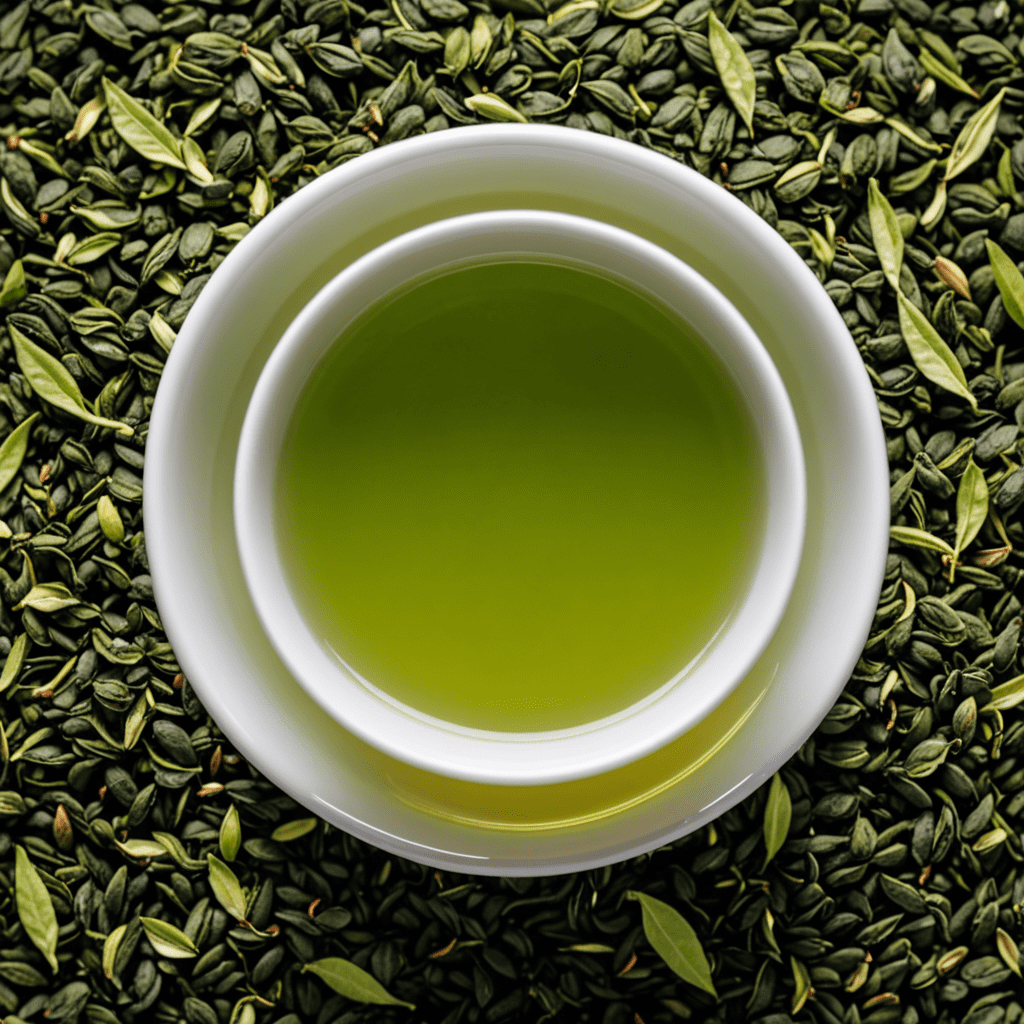Why is Green Tea Not Green?
Green tea is a popular beverage known for its numerous health benefits and refreshing taste. However, despite its name, green tea does not always appear green. In fact, depending on the quality and processing methods, green tea can vary in color, ranging from pale yellow to a vibrant green. But why is green tea not always green? In this article, we will delve into the factors that affect the color of green tea and explore the reasons behind its various shades.
The Oxidation Process: A Key Determinant of Color
One of the primary reasons why green tea is not always green is the oxidation process. Unlike black tea, which undergoes a complete oxidative transformation, green tea is minimally oxidized. During the oxidation process, the enzymes present in tea leaves react with oxygen, leading to chemical changes that affect the color, flavor, and aroma of the tea.
Chlorophyll Content: A Closer Look at the Green Pigment
Chlorophyll is responsible for the green color in plants and plays a vital role in photosynthesis. While it is present in abundance in most plants, including tea leaves, the chlorophyll content in green tea can vary based on cultivation, harvesting, and processing methods. The higher the chlorophyll content, the greener the tea tends to appear.
The Role of Heat: Preserving Color and Flavor
Heat plays a significant role in preserving the color and flavor of green tea. Traditional Chinese green teas, such as Dragon Well (Longjing), are often pan-fired in a hot wok, which helps to halt the oxidation process and retain the vibrant green color. Similarly, Japanese green teas, like Matcha and Sencha, are steamed to prevent oxidation and preserve the green hue.
Quality Grades: Determining the Appearance
When it comes to tea, the appearance is often a crucial factor in determining its quality. Green tea is typically graded based on several attributes, including color, shape, and size of the leaves. Higher quality green teas tend to have a more vivid and vibrant green color, while lower grade green teas may have a duller or yellowish shade.
Factors Influencing Color Variation in Green Tea
Various factors influence the color variation in green tea. Some of these include:
- Cultivation: The location, climate, and soil conditions in which tea plants are grown can impact the color of the leaves.
Harvesting: The timing and method of harvesting, including the age and size of the leaves, can influence the color.
Processing: Different processing methods, such as steaming, pan-firing, or baking, can affect the final color of the tea.
Storage: Improper storage conditions, such as exposure to light or excessive moisture, can cause the tea to lose its vibrant green color.
Age: As green tea ages, it may undergo subtle color changes, becoming slightly darker or resulting in a yellowish tint.
Frequently Asked Questions (FAQ)
Here are answers to some commonly asked questions about the color of green tea:
Q: Does a greener color indicate a higher quality green tea?
A: While a vibrant green color can be an indicator of higher quality, it is not the sole determining factor. Other aspects, such as the aroma, taste, and processing techniques, also contribute to tea quality.
Q: Are there any health benefits associated with greener green teas?
A: Green tea is rich in antioxidants and various beneficial compounds, regardless of its shade. The health benefits are more closely related to the quality and freshness of the tea rather than its specific color.
Q: How should green tea be stored to maintain its color?
A: To preserve the color and flavor of green tea, store it in a cool, dark, and airtight container. Avoid exposure to light, moisture, strong odors, or excessive heat, as these factors can degrade the quality of the tea.
Q: Can the color of green tea be enhanced artificially?
A: Green teas are typically processed using natural methods. While there may be instances of artificial coloring being used, it is not a common practice. It is best to source green tea from reputable sources to ensure its authenticity.
Q: Is there a specific time during which green tea is more green?
A: The color of green tea is largely influenced by the factors mentioned earlier. However, generally, green teas harvested in spring tend to have a brighter green color due to favorable growing conditions.
In conclusion, the color of green tea is influenced by various factors, including oxidation, chlorophyll content, heat, quality grades, and cultivation, among others. So, the next time you brew a cup of green tea and notice a variation in shade, remember that the color is a result of these intricate factors that contribute to the rich world of tea.



